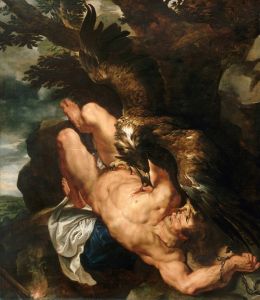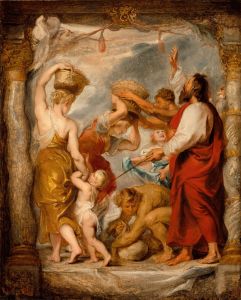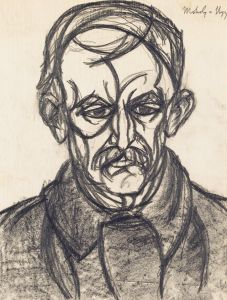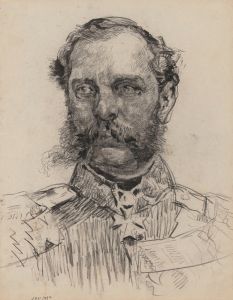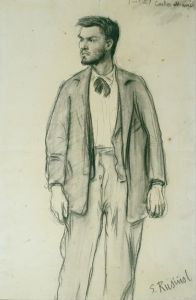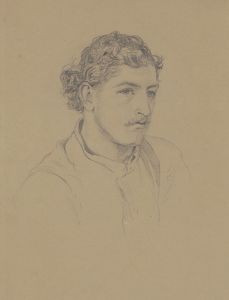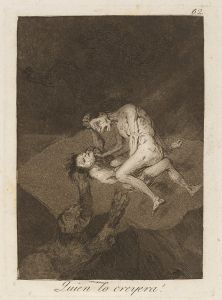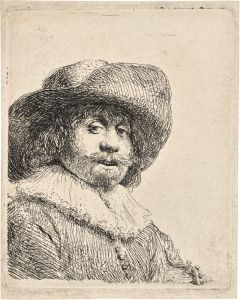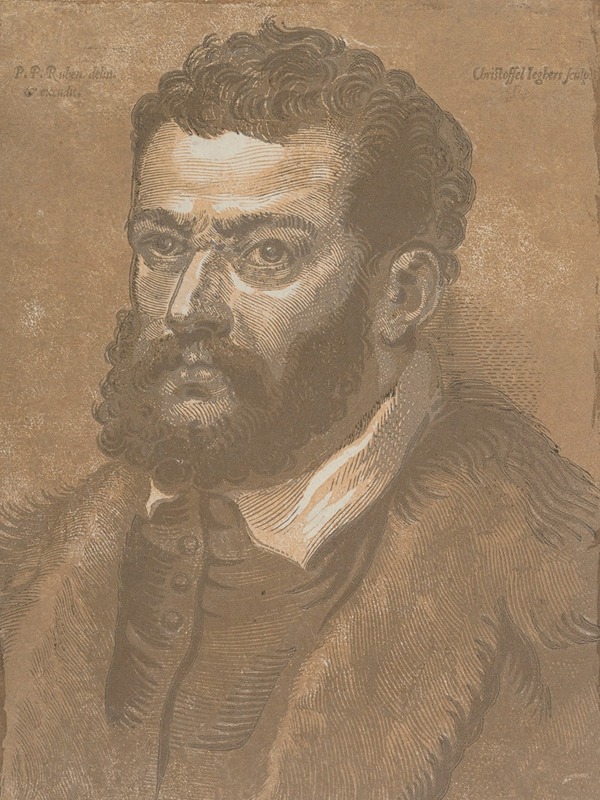
Portrait of a Man
A hand-painted replica of Peter Paul Rubens’s masterpiece Portrait of a Man, meticulously crafted by professional artists to capture the true essence of the original. Each piece is created with museum-quality canvas and rare mineral pigments, carefully painted by experienced artists with delicate brushstrokes and rich, layered colors to perfectly recreate the texture of the original artwork. Unlike machine-printed reproductions, this hand-painted version brings the painting to life, infused with the artist’s emotions and skill in every stroke. Whether for personal collection or home decoration, it instantly elevates the artistic atmosphere of any space.
"Portrait of a Man" by Peter Paul Rubens is a notable work by the renowned Flemish Baroque painter, who is celebrated for his dynamic compositions, vibrant color palette, and masterful depiction of human figures. Rubens, born in 1577 in Siegen, Westphalia, was a leading figure in the Baroque movement and is considered one of the most influential artists of his time. His works are characterized by their energetic style, rich textures, and dramatic use of light and shadow.
The painting "Portrait of a Man" exemplifies Rubens' skill in capturing the essence and character of his subjects. Although specific details about the identity of the man portrayed in this painting are not definitively known, the work is a testament to Rubens' ability to convey the personality and status of his sitters through his art. The portrait is believed to have been created during Rubens' mature period, a time when he was at the height of his artistic powers and had established a successful studio in Antwerp.
In this portrait, Rubens employs his characteristic use of chiaroscuro, a technique that emphasizes the contrast between light and dark to create a sense of volume and depth. This technique is evident in the way the light falls on the man's face, highlighting his features and creating a three-dimensional effect. The man's expression is calm and composed, suggesting a sense of dignity and self-assurance. Rubens' attention to detail is apparent in the rendering of the man's attire, which is depicted with rich textures and subtle variations in color.
Rubens' portraits are often noted for their psychological depth, and "Portrait of a Man" is no exception. The artist's ability to capture the inner life of his subjects is one of the reasons his portraits remain highly regarded. The painting reflects Rubens' interest in humanism and his belief in the importance of individual expression, themes that were central to the Baroque period.
The provenance of "Portrait of a Man" is not extensively documented, but like many of Rubens' works, it has likely passed through various collections over the centuries. Rubens' paintings were highly sought after during his lifetime and continue to be valued by collectors and museums around the world. Today, his works are housed in major art institutions, where they are studied and admired for their artistic and historical significance.
Rubens' influence extends beyond his own time, as his techniques and stylistic innovations have inspired countless artists in subsequent generations. His portraits, in particular, have been praised for their ability to transcend mere representation and convey a deeper understanding of the human condition.
In summary, "Portrait of a Man" by Peter Paul Rubens is a fine example of the artist's mastery in portraiture, showcasing his ability to blend technical skill with a profound insight into the human psyche. The painting remains a significant piece within Rubens' oeuvre and continues to captivate audiences with its timeless appeal.





